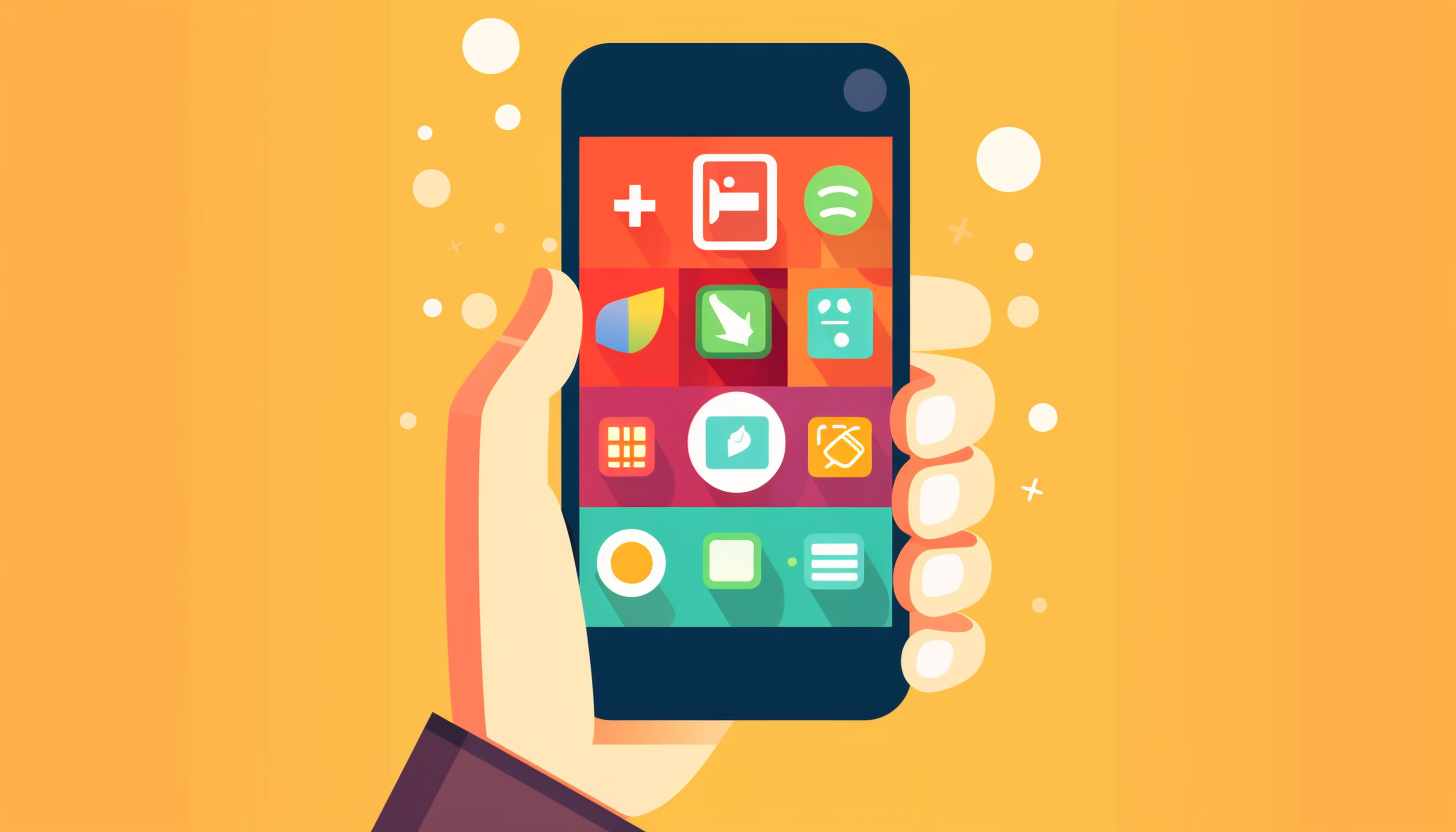P
May 28, 2023
Smartphone User Experience for Seniors: Easy-to-Use Features and Apps
#Smartphone User Experience
#Seniors
#Easy-to-Use Features
#Intuitive Apps
#Accessibility
#Shortcuts
#Communication
#Information Access
#Entertainment
#Camera Accessibility
#Voice Assistants
#Family Connectivity
#Safety
#Security

smartphone-user-experience-thumbnail
Understanding the Challenges of the Seniors Smartphone User Experience
The world of technology is ever-evolving, and smartphones are at the forefront of this change. However, this also means that the user experience can become increasingly complex, especially for users who are new to technology. This is particularly true for the senior population, who often rely on technology for communication, information access, entertainment, and more. The smartphone user experience for seniors must be geared towards simplicity and accessibility to ensure they can enjoy the many benefits of owning a smartphone. This article aims to highlight some of the key elements of the user experience that need to be considered when designing for seniors, including easy-to-use features, intuitive apps, accessibility, communication, information access, entertainment, camera accessibility, and voice assistants.
First, let's look at the importance of easy-to-use features. For seniors who are new to smartphones, the simplest features can make a world of difference. These features can include large font size, simple menu navigation, and one-click dialing for frequently called contacts. Also, consider using larger icons and buttons, which can be easier to see and press for seniors with diminished vision. One-handed use can also be beneficial for seniors, as it allows them to use the phone with a single hand and might reduce the risk of accidental drops. Designing for one-handed use can include features such as a larger keyboard for easy typing, a dedicated key for accessing the phone's keypad, and a side key for performing actions such as answering calls or navigating back.
Intuitive apps are another crucial element of the smartphone user experience for seniors. Apps that are intuitive provide a consistent user interface that is easy to navigate. This can include clearly labeled buttons and forms, simple navigation paths, and consistent use of colors, fonts, and icons. Consider using apps that provide large, easy-to-read text, and consider integrating accessibility features such as screen readers or speech recognition software to help seniors who have trouble reading or navigating interfaces.
Accessibility, Communication, Information Access, and Entertainment
Accessibility is a key consideration in the smartphone user experience for seniors. Features such as large text, high-contrast colors, and adjustable screen brightness can help improve accessibility for seniors with vision impairments. Also consider features such as text-to-speech software, which can read text on the screen aloud, and screen readers, which can verbally describe the layout of a screen. These features can help seniors with visual impairments navigate their phones more easily.
Communication is another essential part of the smartphone user experience for seniors. Consider including features that make it easier to make and receive calls, such as large buttons for easy dialing, a dedicated key for calling back, and multiple-number dialling to reduce the number of key presses needed to call multiple contacts. Text messaging features can also be beneficial, especially those that support text-to-speech software or speech recognition software.
Information access is another crucial element of the user experience for seniors. Consider providing easy access to commonly used information, such as contacts, calendar, reminders, and recent messages. This can be achieved through features like a dedicated key for accessing the phone's contacts, a dedicated key for the phone's calendar, and a dedicated key for accessing recent messages. Also, consider including features such as a magnifying glass tool or text-to-speech software to aid in searching for information.
Camera Accessibility, Voice Assistants, Family Connectivity, and Safety
The camera is an important feature of a smartphone for seniors. Consider providing easy access to the camera, such as a dedicated key or a camera icon that can be quickly accessed from the home screen. Also, consider including features such as auto focus, image stabilization, and high-contrast or high-resolution display modes to aid in taking photos. These features can help seniors with shaky hands or low vision take clearer and more stable photos.
Voice assistants are another increasingly popular feature of smartphones that can greatly enhance the user experience for seniors. These digital assistants can perform tasks such as making appointments, reading text messages, accessing apps, and more. Consider integrating a voice assistant into your design to ensure seniors can easily access information and perform tasks.
Lastly, consider the family connectivity features of your smartphone design for seniors. These features can include features such as shared calendars, shared photos, and messaging features that allow for group conversations. This can allow seniors to stay connected with their family members and friends, even if they are far away.
Overall, designing for the senior population requires a balanced approach that considers the unique needs and capabilities of this group. By incorporating easy-to-use features, intuitive apps, accessibility, communication, information access, entertainment, and camera accessibility, you can create a smartphone user experience that is not only easy to use but also highly accessible and beneficial to seniors. This can not only improve the user experience for seniors but also help them stay connected and informed, leading to a better quality of life.


